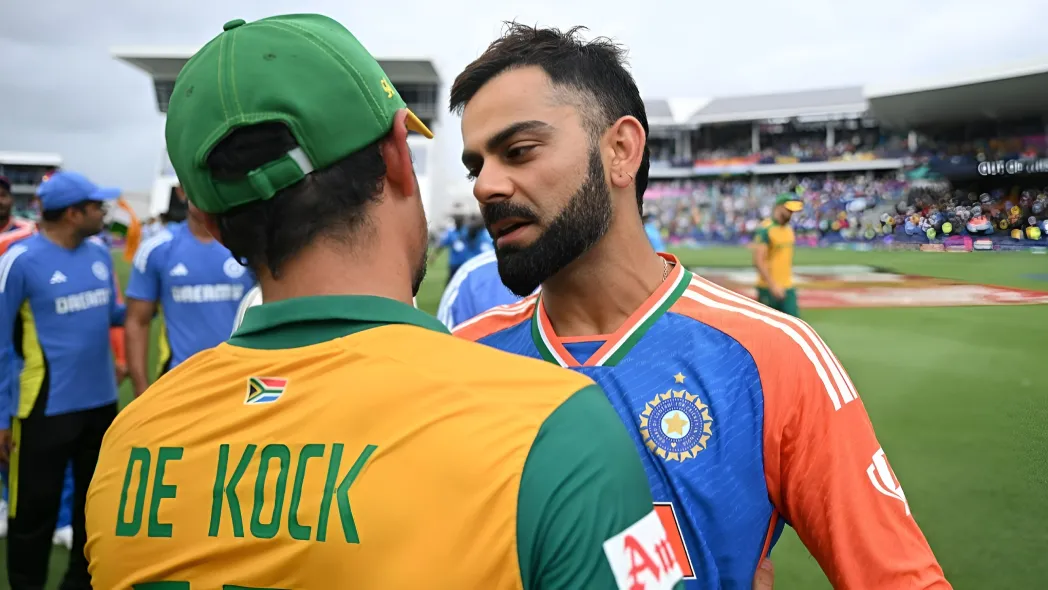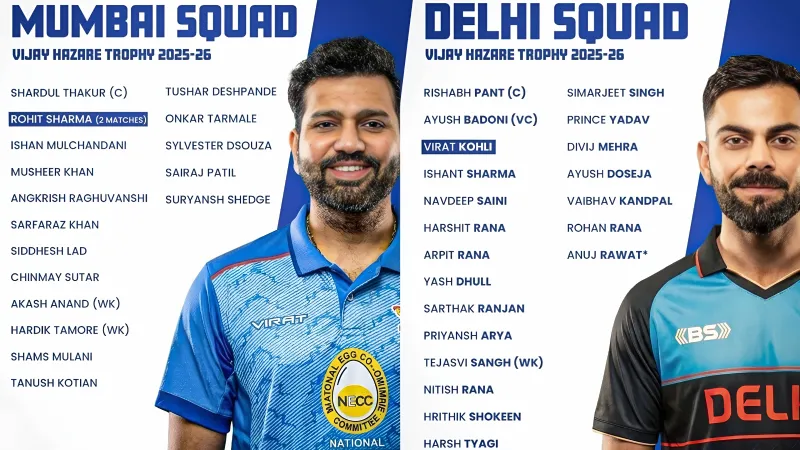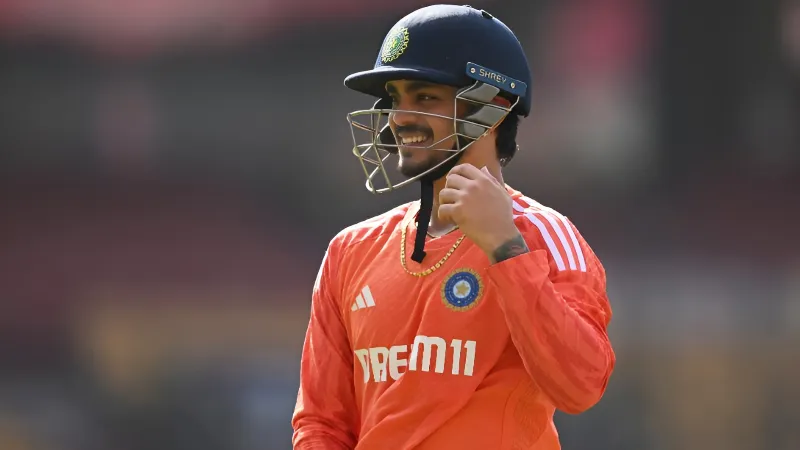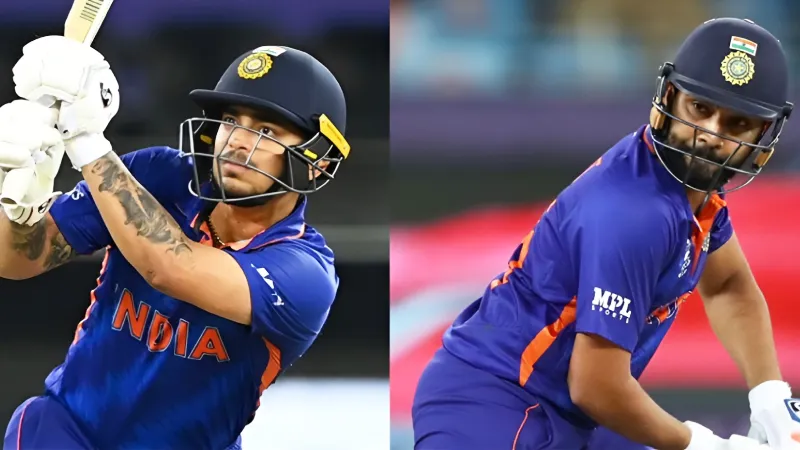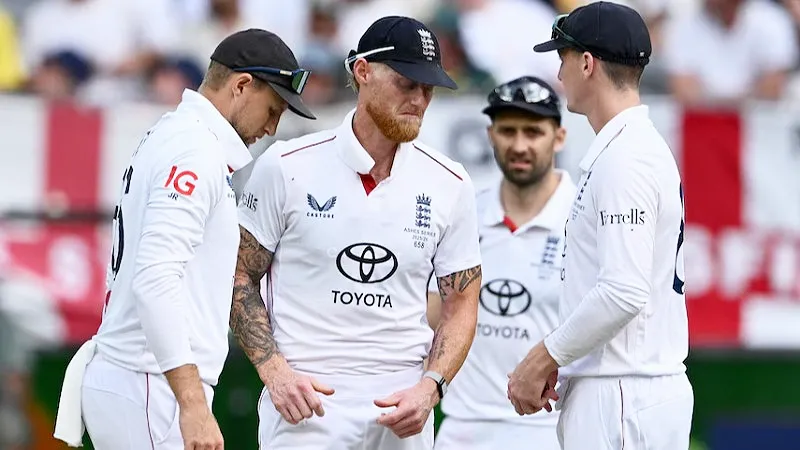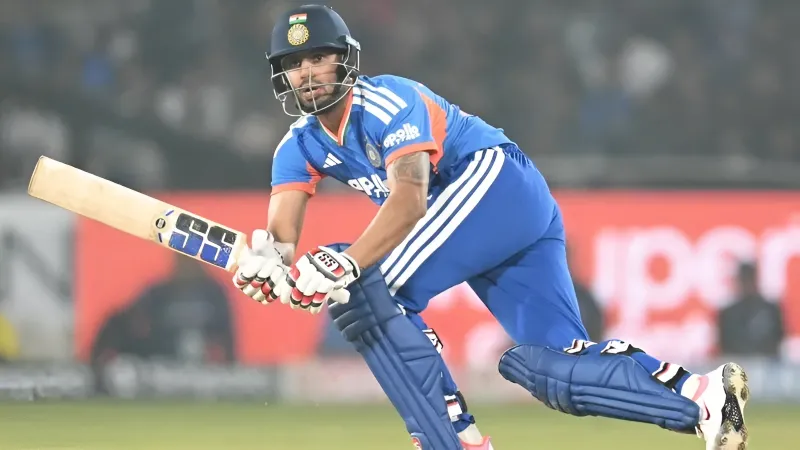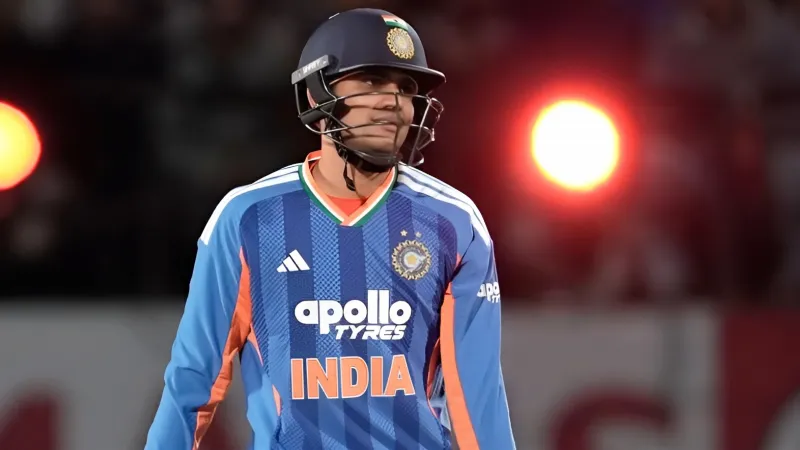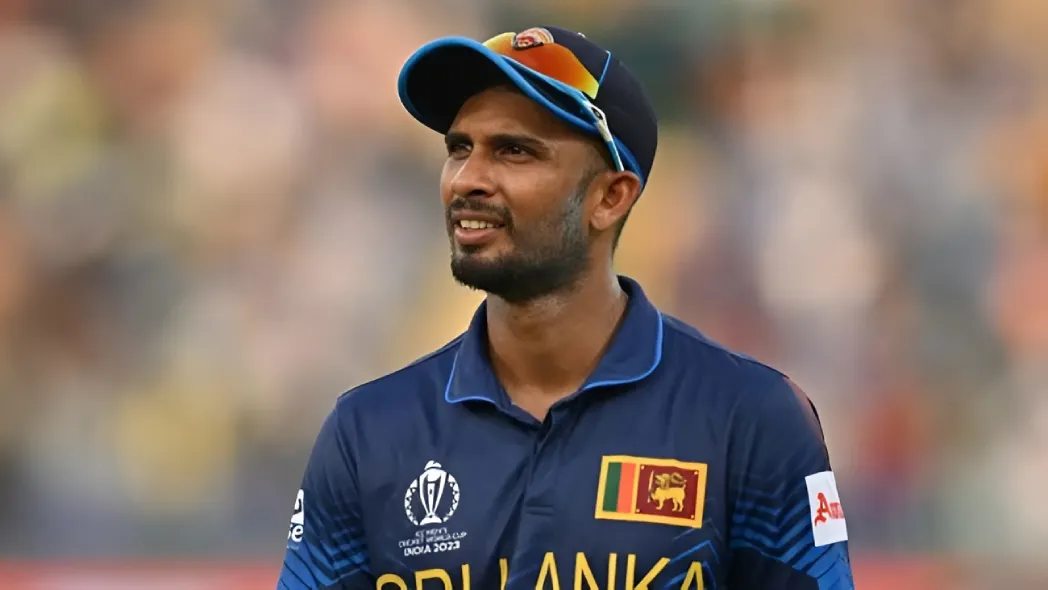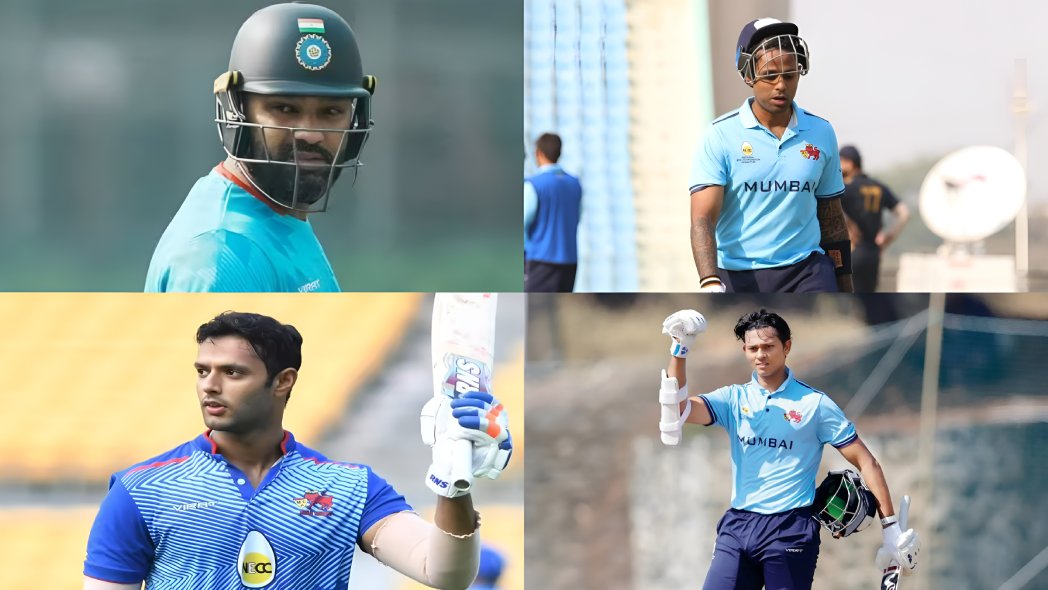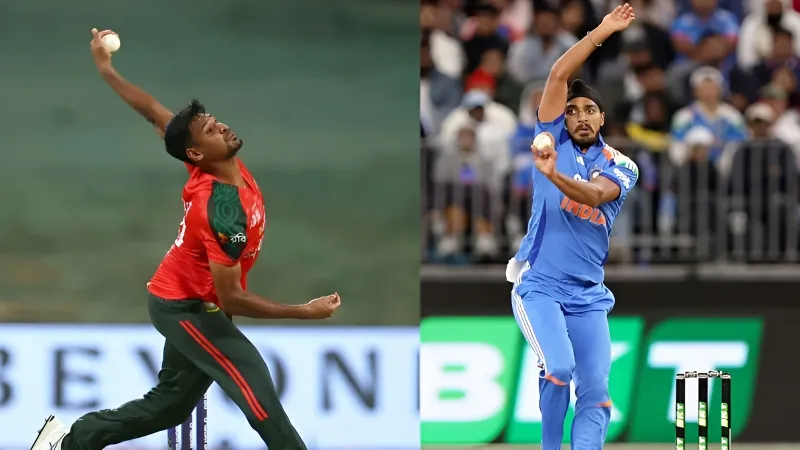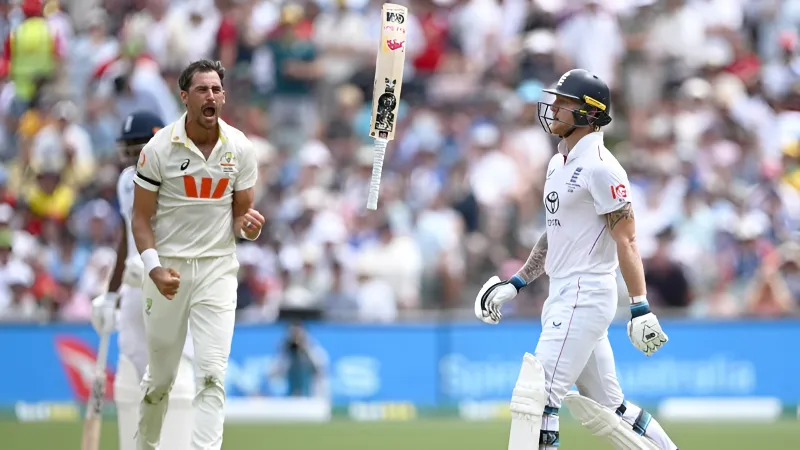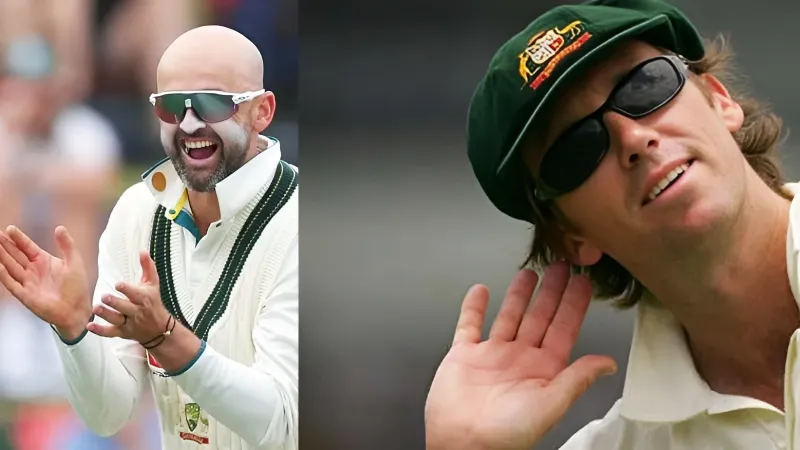Now and then, an innings arrives that feels far heavier than its numerical value. Quinton de Kock’s unbeaten 123 in Faisalabad was exactly that, not just a hundred, but a reminder that ODI cricket still bows to players who can seize a game by the throat. Pakistan’s 269/9 looked workable until De Kock and Tony de Zorzi turned the chase into a leisurely Thursday jog, flattening the target in just 40.1 overs.
But here’s the twist: this hundred didn’t just level a series. It reopened an old statistical crossroads, the one De Kock shares with the giant he’s always quietly been compared to: Virat Kohli.
Both men arrived at 157 ODIs with exactly 22 centuries, though their methods, match contexts, and team roles differ dramatically. And when you dig deeper into numbers against different opponents, in chases, and in wins, the comparison becomes far more intriguing than a simple tally on a spreadsheet.
A Tale of Two 157-Game Journeys
At 157 ODIs, De Kock actually edges Kohli on volume: 6,956 runs to Kohli’s 6,536. His strike rate of 96.67 also outpaces Kohli’s 89.87, unsurprising given South Africa’s long reliance on him to dispatch the new ball, no questions asked. Kohli, on the other hand, spent his early years floating across roles until cementing himself at No. 3.
Yet averages tell their own tale: Kohli’s 51.87, De Kock’s 46.68. The Indian great built sturdiness before explosiveness; De Kock went the opposite way explosiveness with just enough sturdiness.
Opposition Patterns That Reveal Mindsets
The batting of De Kock for games versus India (1,077 runs, 53.85), and Sri Lanka (1,219 runs, 50.79), appears to indicate De Kock is better suited to bat on a fuller pitch and/or have looser spin bowling. Kohli established himself very quickly by consistently being provided the chance to chase down totals from the Sri Lankan team, and scored over 1,800 runs at 56.24 against them.
Even against Australia, the split is philosophical:
- De Kock: 1,021 runs at 35.20 (feast-or-famine fireworks)
- Kohli: 620 runs at 51.66 (methodical chiseling)
Their styles weren’t just different; they were opposites under the same statistical umbrella.
When Winning Changes Everything
The strongest overlap between the two isn’t running its influence. In South Africa’s 97 wins, De Kock produced a colossal 5,155 runs at 54.84 and a strike rate of 100.36. That’s the hallmark of a tone-setter. Nineteen of his 22 tons contributed directly to victories. Kohli’s winning numbers, however, are near-mythical: 4,812 runs at 68.74 with 20 hundreds in 95 wins. Where De Kock boosted starts, Kohli finished jobs one opened doors, the other locked them behind him.
The Chase Equation That Tilts the Debate
This is where the statistical chasm widens.
De Kock in chases:
- 2,981 runs
- Avg 44.49
- Strike rate 104.04
- 6 tons
Impressive. Even modern.
But Kohli’s first 91 chases remain one of cricket’s most absurd early-career datasets:
- 4,197 runs
- Avg 64.56
- Strike rate 92.68
- 14 tons
This wasn’t just consistency; it was clinical inevitability, the phase when commentators stopped asking if he’d finish a chase and started asking how early.
Comparative Lens
So, who was better at 157 games? The honest answer: both, but in different universes. Kohli was already crafting his reputation as the world’s most intelligent chaser, arguably the best ODI tempo-controller since Michael Bevan. De Kock, meanwhile, had become the modern template for aggressive openers: high strike rate, high ceiling, high impact. But the beauty of their comparison lies not in the symmetry of 22 hundreds, but in the contrast of cricketing identities. Kohli solved chases like equations; De Kock played them like instinctive jazz. If Kohli’s early career felt inevitable, De Kock’s felt electric. And in a format fighting for relevance, both kinds of stories remind us why ODIs, for all their flaws, still provide the richest statistical rivalries.
Key Takeaway
De Kock brings the spark; Kohli brings the certainty. ODI cricket needs both.
FAQs
1. Who had more runs after 157 ODIs, De Kock or Kohli?
De Kock, with 6,956 runs compared to Kohli’s 6,536.
2. Who had the better average at this stage?
Kohli, averaging 51.87, to De Kock’s 46.68.
3. Who dominated more in chases after 157 matches?
Kohli, with a stunning chasing average of 64.56 and 14 hundreds.
Disclaimer: This blog post reflects the author’s personal insights and analysis. Readers are encouraged to consider the perspectives shared and draw their own conclusions.
Step into the world of cricket with JeetBuzz News—where expert opinions, trending Blogs, and behind-the-scenes insights meet all your favorite topics. Stay informed, stay entertained, and never miss the stories shaping the cricketing world—only on JeetBuzz News!

